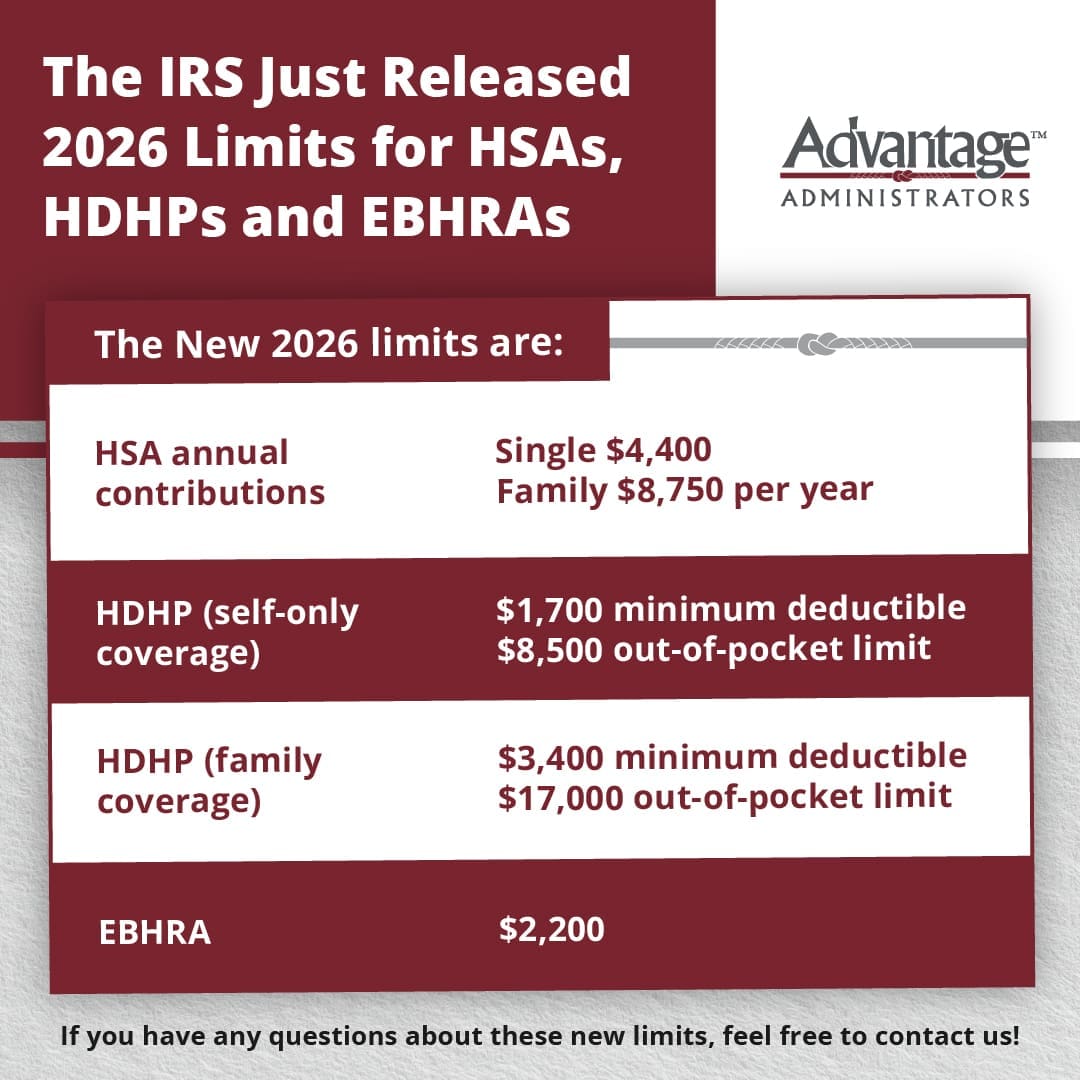Back to School & Preschool Expenses Using FSA and Dependent Care FSA
It’s back to school time, and with it, the time for spending money to get your children ready to learn. As children get older, those expenses can really pile up. So how do you maximize your family’s education dollars? With a flexible spending account (FSA) and a dependent care FSA (DCFSA) from Advantage Administrators!
Paying for Medical Expenses with an FSA
An FSA allows participants to direct money from their paychecks to a special account designated just for qualified health and dependent care expenses. These funds can be used on the first day of the participant’s plan year and help save income and social security taxes by boosting take-home pay (employers don’t pay FICA or FUTA taxes on their employees’ FSA plans). Through your employer, Advantage Administrators will help you set up the account and plan for your year ahead. In 2019, you can contribute up to $2,700 to your FSA.
Unlike HSAs, FSA funds are not an automatic carry-over at the end of the plan period, meaning that the amounts you don’t use in that time are no longer available to you in the future. If you have an FSA, plan your contributions around future expected expenses to maximize your account each plan year. One of those annual expenses are the costs associated with sending kids back to school.
Using your FSA, you can pay directly for essential health and medical items your kids need to start the year right, such as:
- Rx acne treatments
- Back braces
- Bandages, first aid kits, and other supplies
- Contact solution and cases
- Eye exams and corrective eyewear
- Orthopedic shoe inserts
- School and sports physicals
- Thermometers
- Vaccinations
Dependent Care Expenses—Funded with a DCFSA
Another option for funding back-to-school expenses is a DCFSA. Working with your employer and Advantage Administrators to set up an account, DCFSA participants designate amounts from each paycheck to be withheld and placed in the account. These pretax dollars lower your overall tax burden and married couples (filing jointly), unmarried couples and single people can contribute up to $5,000 in 2019 to these accounts, while those married filing separately can put in $2,500 this year.
DCFSA funds aren’t applied directly to costs but are instead used to reimburse participants who pay for these expenses personally. To receive reimbursement for previous expenses, you must keep and submit receipts that show the expense date, amount, and the name of the dependent provider. And your FSA money must be used for dependents under 13, a spouse who cannot work or care for him or herself, or an adult dependent you claim on your taxes and who cannot take care of him or herself.
Here’s some of the items that qualify under a DCFSA:
- Adult day care center
- Before or after-school program
- Babysitting:
- Work-related, in your home or someone else’s OR
- Work-related babysitting by a relative who is not a tax dependent OR
- Work-related (or for other purpose) babysitting by a tax dependent
- Child care
- Elder care (in your home or someone else’s)
- Nanny
- Nursery school
- Preschool
- Senior day care
- Sick child care
- Summer day camp
- Transportation to and from eligible care provided by a care provider
Those are just some—but not all—of the potential expenses that can be covered by your FSA and DCFSA. School is coming; are you prepared? Advantage Administrators can help! We invite you to give us a call or visit our website today. We’ll get you ready for school—the smart way.










 Flex Plans
Flex Plans Forms
Forms HSA
HSA HRA
HRA Retirement
Retirement Health Shopper
Health Shopper FSA Store
FSA Store